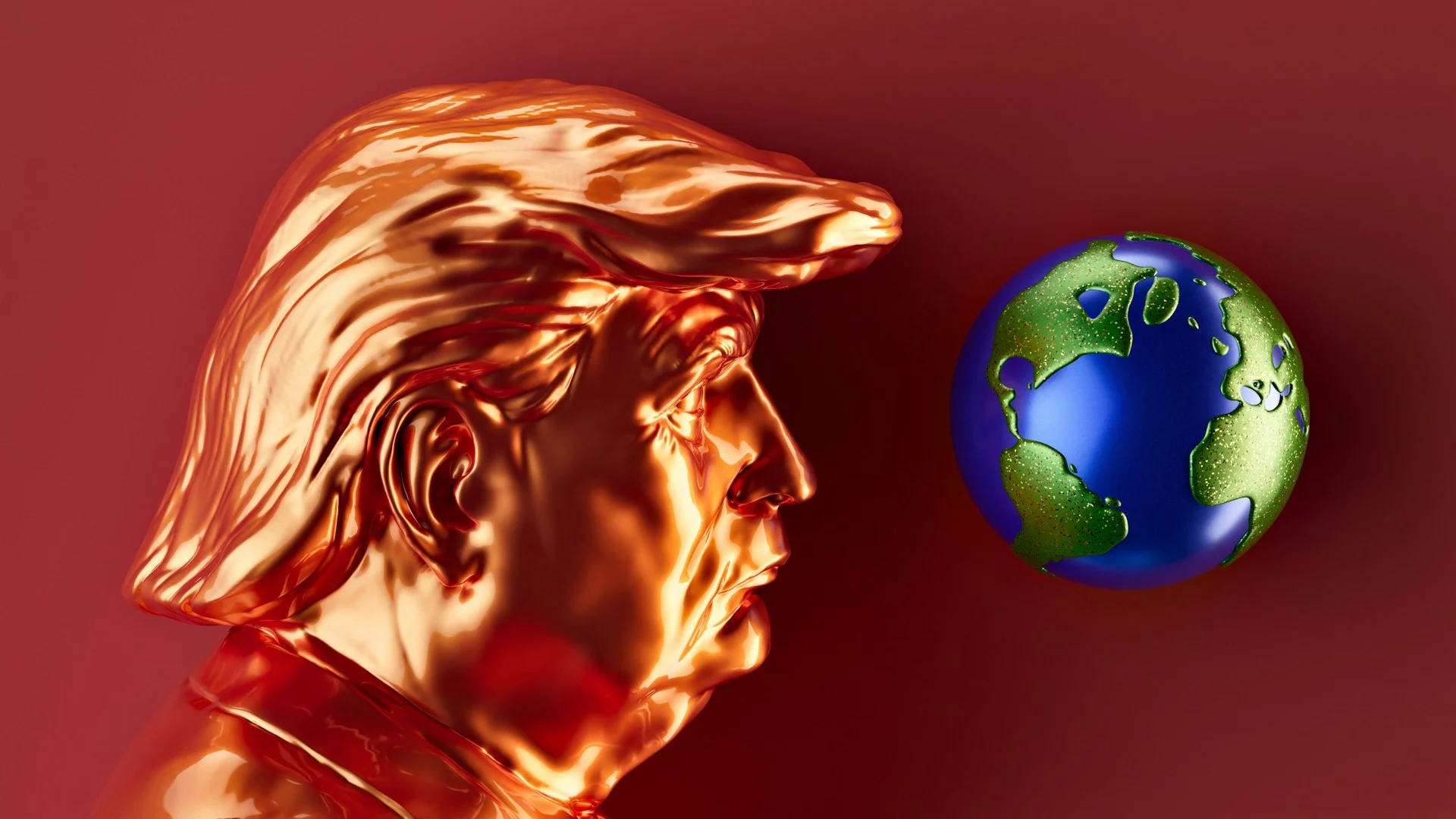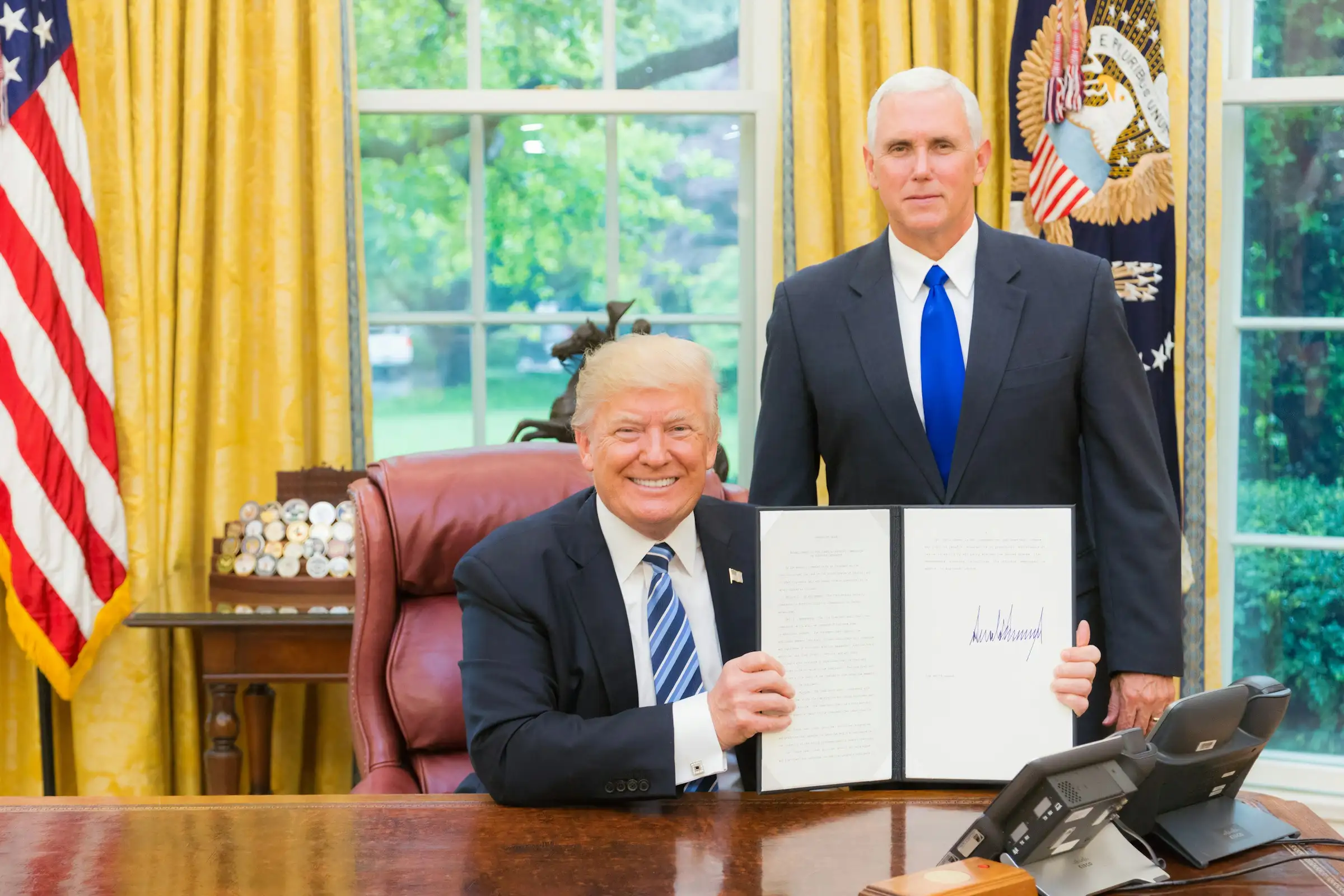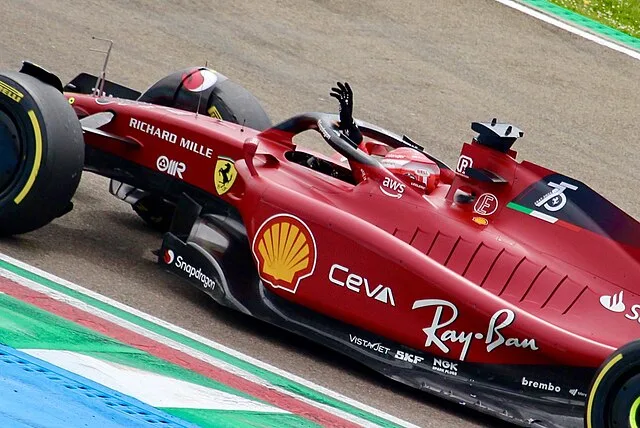Image Credit: Unsplash License
Washington, D.C. — The uneasy calm in global trade may soon give way to renewed turbulence as the United States prepares to reinstate tariffs on key partners, ending a temporary pause that has kept markets steady for much of the year.
The tariff suspension, introduced earlier in 2025 by President Donald Trump, was aimed at easing market jitters and allowing space for negotiations with trading allies such as the European Union, Canada, and China. But with talks failing to deliver major breakthroughs, the deadline for the pause is fast approaching, and investors are bracing for impact.
Officials Warn of Broad Impact
U.S. Treasury Secretary Scott Bessent has cautioned that even nations engaging in constructive talks could face steep tariff increases once the moratorium expires. His comments signal a hardening stance that could challenge risk-sensitive assets, from equities to emerging market currencies.
Market analysts say optimism has been priced into stock valuations in recent months, but the absence of concrete trade deals now poses a renewed threat. “The clock is ticking,” said one Wall Street strategist, “and there’s little evidence the U.S. will step back from escalation.”
Economic Risks: Inflation and a Weaker Dollar
The reintroduction of tariffs is expected to have a direct inflationary effect. Tariffs function as import taxes, pushing up the cost of foreign goods, straining supply chains, and creating price pressures across the economy.
Federal Reserve Chair Jerome Powell has identified tariffs as a key driver of potential inflation, underscoring why interest rates remain elevated despite signs of slowing growth. This means rate cuts, long hoped for by markets, may not materialize in the near term.
A stronger tariff regime could also weigh on the U.S. dollar. Rising import costs and reduced investor confidence may prompt foreign holders of U.S. debt to diversify into other currencies or assets.
Gold Gains Shine Amid Uncertainty
In anticipation of trade frictions and inflationary pressures, investors have been turning to gold as a defensive play. Unlike fiat currencies, gold’s value is not tied to political decisions or trade policy.
Demand for the precious metal has risen not just through exchange-traded funds (ETFs) but also through direct purchases of physical bullion. “In times like this, gold is more than a commodity; it’s a safeguard,” said an international commodities analyst.
A Storm on the Horizon
With the tariff deadline looming, global markets face a period of heightened volatility. If trade tensions escalate, the ripple effects could extend from Wall Street to consumers worldwide, reshaping the economic landscape in the months ahead.


